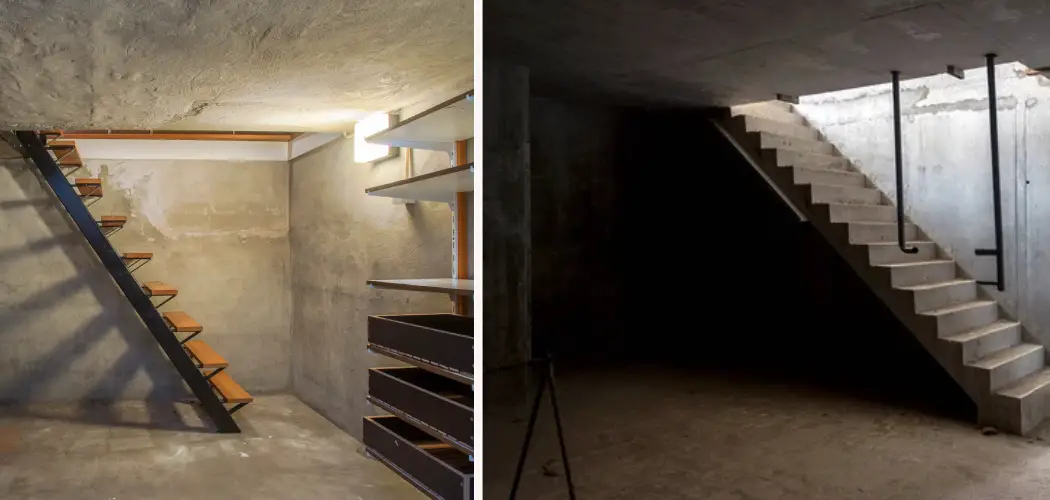If you’re looking for a way to reduce radon levels in the basement of your home, you’ve come to the right place. Radon is an odorless and invisible gas that can seep into homes through the foundation from underground soil and air spaces, making it a potentially hazardous health hazard if not properly addressed. Whether you suspect there are high levels of radon in your basement or just want to be proactive, this article outlines practical ways to reduce concentrations of this contaminant and keep your home safe.
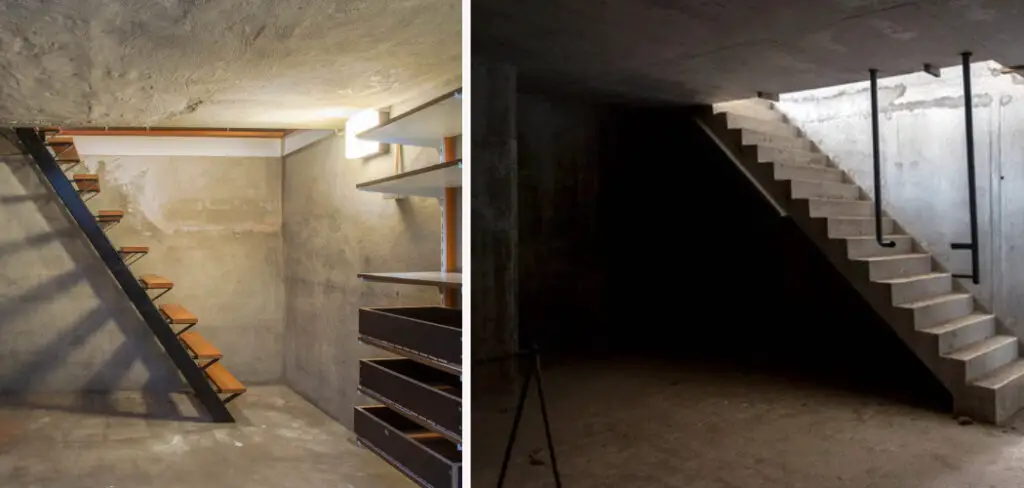
Read on for helpful tips on how to reduce radon in basement and properly test for its presence so you can effectively protect yourself and your family from potential exposure! Read on for some of the top ways to reduce radon in your basement.
What is Radon?
Before we dive into the strategies for reducing radon in your basement, it’s important to understand what this gas is and why it’s so dangerous. Radon is a naturally occurring radioactive gas that can cause health problems if not managed properly. It comes from the soil beneath buildings and can also enter through cracks or spaces in foundation walls, pipes, drains, sump pumps, and other openings.
Testing for Radon
1. With Kits
The first step in reducing radon levels in the basement is to test for its presence. There are several kits available on the market that can be used to test your home for this contaminant. If you choose to use one of these kits, make sure you follow all instructions carefully and hire a professional if necessary.
2. With Professional Services
For more accurate results, you may want to consider hiring a professional radon testing service to come and perform the test for you. A professional tester can help ensure that all necessary steps are taken and that your test is as reliable as possible. They will also provide detailed information about the levels of radon found in your home and suggest ways to reduce it.

Required Items
- Caulk or weatherstripping
- Professional radon testing service
- Radon test kits
- Sealing cracks in the foundation
10 Ways How to Reduce Radon in Basement
1. Seal Cracks and Openings
The first step to reducing radon levels is to seal any cracks or openings in your basement walls, floors, or ceilings. This is especially important if you plan on using a kit to test for this contaminant since it can easily make its way into your home through these gaps. Make sure to apply caulking or weatherstripping to all openings in the foundation.
2. Install a Radon Vent System
If you have high levels of radon in your basement, you may want to consider installing a radon vent system. This type of system works by using pipes and fans to create negative pressure in the basement, which forces radon out of your home through an exhaust vent.
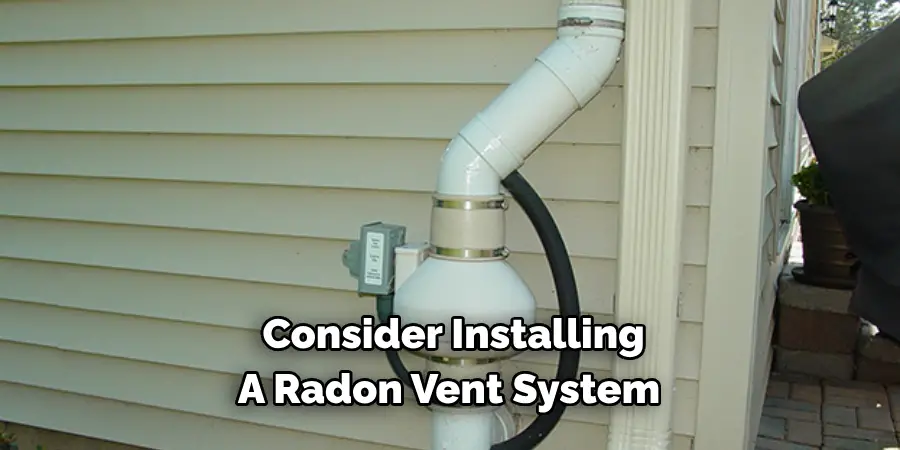
3. Install a Radon Mitigation System
Another option to reduce radon levels is to install a radon mitigation system. This type of system uses pipes and fans to draw air from beneath the foundation and release it outside through an exhaust pipe. It essentially creates a barrier between the contaminated soil and your home, keeping radon levels low inside.
4. Use Fans to Improve Airflow
In addition to installing a mitigation system, you can also use fans to improve circulation in your basement. This can be especially helpful if you don’t have enough airflow in the area already. Installing fans can help push air up and out of the space, further reducing radon levels.
5. Improve Ventilation
If your basement doesn’t have adequate ventilation, you can take steps to improve it. This may involve installing windows or vents to allow for more air exchange between indoors and outdoors. If needed, consider hiring a professional to ensure that all necessary steps are taken properly and safely.
6. Install a Sub-Slab Depressurization System
If you have high levels of radon in your basement, you may want to consider installing a sub-slab depressurization system. This type of system works by creating negative pressure underneath the concrete slab, forcing any radon gas out and away from your home before it can enter through cracks or other openings.
7. Increase Soil Ventilation
If your basement has a soil floor, you can improve ventilation by increasing the amount of air moving beneath it. This can be done by adding vents around the perimeter of the room or by using a fan to pull out contaminated air and push fresh air in from outside.
8. Change Your HVAC Filters
If you have an HVAC system in your home, make sure to regularly change the filter. This will help keep radon levels low by filtering out any contaminants that get into the air. Additionally, consider installing a High-Efficiency Particulate Air (HEPA) filtration system if needed for further protection against radon.
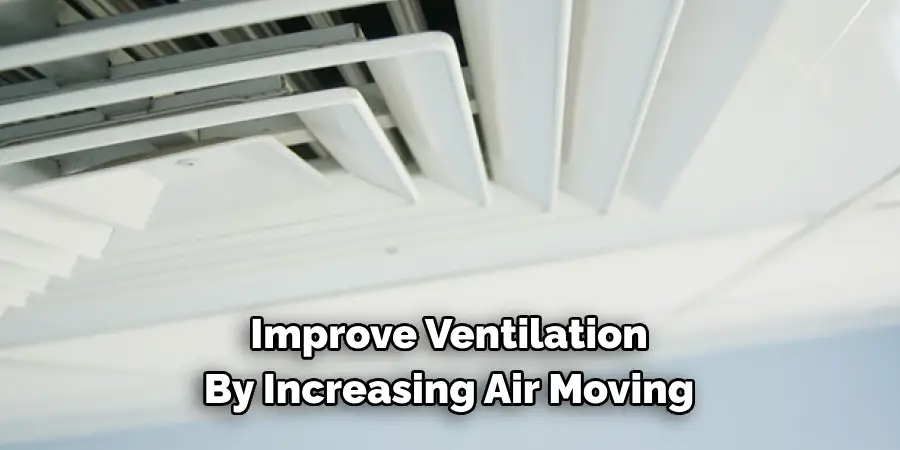
9. Test Regularly
After taking the necessary steps to reduce radon levels in your basement, it’s important to test for this contaminant regularly. This will help ensure that your efforts are successful and that you’re protecting yourself and your family from potential hazards.
10. Investigate Soil Conditions
Finally, if you suspect there are high levels of radon in your basement, it’s important to investigate the soil conditions around your home. A professional contractor can help you determine if there are any issues with the soil that could be contributing to high radon levels and suggest ways to fix them.
These tips provide practical steps for reducing radon concentrations in your basement and ensuring that your home is safe from potential hazards. But remember, if you ever suspect that your home has an issue with radon, it’s best to hire a professional immediately for further assistance and testing.
8 Safety Precautions to Follow When Reducing Radon in Basement
Radon is a naturally occurring radioactive gas that can be found in all homes and can be particularly high in basements. High levels of radon exposure can cause serious health problems, so it’s important to take steps to reduce the amount of radon present in your basement. Here are eight safety precautions you should follow when reducing radon in your basement:
1. Ventilate your basement properly. Make sure to open the windows and doors regularly and allow fresh air to flow into the space. You can also use fans or blowers to help move air around the area. Ventilation helps dilute the radon levels in the basement and reduce their concentration.
2. Install a well-designed sub-slab depressurization system (SSDS). An SSDS works by creating negative air pressure under your basement’s foundation slab, which pulls radon gas out before it enters your living space. This is one of the most effective methods for reducing radon levels in your basement.
3. Seal any cracks or gaps in the foundation and walls of your basement. This will help keep radon from seeping into your living space since these are potential entry points for radon gas. Sealing any cracks or openings with caulk or foam sealant can help reduce the amount of radon entering your basement.
4. Install a sump pump and ventilation cover on your basement floor. This will create an area where radon-contaminated air can be safely collected and drawn out of the house using a fan or blower, reducing radon levels even further.
5. Make sure the sump lid is tightly sealed to prevent radon from entering your basement. It’s important to check that the lid fits properly and is correctly secured, as a loose or improperly installed lid can actually cause more radon gas to enter your home.
6. Have your basement tested for radon levels regularly by a professional. This will help you to monitor the effectiveness of your radon reduction efforts and make sure that the levels remain low.
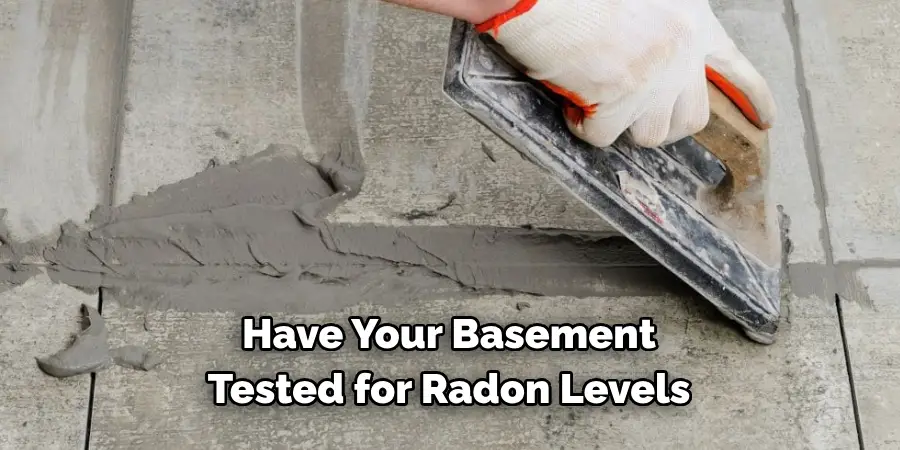
7. Install a radon mitigation system if levels are still too high, even after taking all the steps above. A radon mitigation system works by forcing radon gas out of your basement via a fan or other mechanical device before it can enter your living space.
8. Hire a professional contractor for any radon-related work you plan to do in your basement. Radon mitigation and other projects should be carried out by someone who is qualified and experienced in this field, as it can be dangerous if not done correctly.
Conclusion
With the knowledge of how to reduce radon in basement, homeowners can feel more secure living in their homes, knowing that they are safeguarding the health and safety of their family. It is essential to do an initial test for radon, as well as to repeat tests every two years or if one notices a change in the air quality of the house. If dangerous levels of radon have been found, there are strategies from short-term solutions such as using an electronic fan to depressurize a basement to long-term solutions such as a sub-slab suction system or sealing tunneled foundation cracks.
Taking steps to monitor and reduce radon levels is a crucial part of being a responsible homeowner. When it comes time to sell your home, prospective buyers will be one step closer to their dream house, knowing that their health and safety come first. After all, having peace of mind about the air we breathe is priceless.

